
Whether you consider the health point of view or reduce carbon emissions from average vehicles that pollute the environment over time, electric bikes have become an excellent alternative for daily commuting. Be it the scorching heat of the summers or freezing, chilly winters, good e-bikes are made to run in almost every weather.
But can you ride electric bikes in the rain? Or do you need special treatment and settings for your e-bike during torrential rains, like unique clothing while stepping out in rainy weather? The post from Hiboy will give a few safety tips you must follow while riding your electric bike during the rain.
Can You Ride an Electric Bike in the Rain?
Are you looking for the answer to can you ride ebikes in the rain? There is nothing wrong with riding e-bikes during rainfall, as these vehicles can get wet and run smoothly. However, first, you must find out if your electric bike gives the manufacturer's guarantee and has been tested to ride in the rain. You must try your e-bike against water resistance to know the water level it can take to hang perfectly.
IP Water-Resistant Standards
When it comes to riding in the rain, understanding your e-bike's IP (Ingress Protection) rating is essential. This rating indicates how well the electrical components are protected from dust and water.
For example, an IPX4 rating means the bike is resistant to water splashes from any direction—generally safe for light rain. Higher ratings like IPX5 or IPX6 offer more protection, suitable for heavier downpours or wet environments.
Before riding in the rain, check your e-bike’s IP rating in the manual or product page. It’s best to avoid riding in extreme wet conditions if your e-bike doesn’t have an adequate rating, as water damage may void your warranty or harm internal components.
| IPX Rating | Water Protection Level | What It Means |
|---|---|---|
| IPX0 | No protection | No water resistance at all. Not safe for wet conditions. |
| IPX1 | Dripping water (vertically) | Can handle light dripping water for up to 10 minutes. |
| IPX2 | Dripping water (tilted 15°) | Protected against water dripping at a 15° angle. |
| IPX3 | Spraying water (60° angle) | Can resist water sprayed at up to a 60° angle. |
| IPX4 | Splashing water (all directions) | Safe from water splashes in any direction – suitable for light rain. |
| IPX5 | Low-pressure water jets | Can handle sustained, low-pressure water jets – better for moderate rain. |
| IPX6 | High-pressure water jets | Withstands stronger, high-pressure water jets – suitable for heavy rain. |
| IPX7 | Immersion up to 1 meter | Protected against immersion in water up to 1 meter for 30 minutes – rare for e-bikes. |
| IPX8 | Immersion beyond 1 meter | Can withstand continuous immersion – typically used for waterproof electronics. |
10 Tips for Riding an E-bike Safely in the Rain:
Water resistance is necessary, but your e-bike must be safe, secured, and comfortable so you can ride or park them during rain. Here are a few tips for a safe ride while enjoying the weather and ride.
-
Check the Tires and Brakes
If you have a query like 'can I ride my electric bike in the rain,' then yes, you can ride an e-bike during the rain. However, checking if it has a fat tire and proper brakes to support you on slippery roads is good. A fat tire gives a good grip on wet roads whereas good quality brakes bring your vehicle to a halt right in time.
-
Inspect the Electrical Components
If you are taking your ebike in the rain, inspect all the electrical components like the LCD screen, handlebars, etc. You must cover them adequately with a plastic sheet or proper covers to avoid any rain droplets seeking in and ruining the component.
-
Waterproofing the Bike’s Vulnerable Parts
There are some parts of your e-bike that, if exposed to rain, may lead you to trouble. So it is better to make the battery and controller connectors waterproof before much damage is done to them due to a heavy downpour. You can use a waterproof battery cover and use a waterproof connector.
Also, avoid the collection of water droplets in the front part of your e-bike, like the handlebar switch, LCD, or ebike cables. You can use a heat shrink of excellent quality to cover these essential parts.
-
Equip With Bike Fenders
If your electric bike is resistant to water, its motor is equipped to take big splashes of water. However, providing your bike with fenders allows protection against debris, dirt and will also aid in keeping the battery dry. It will also protect your clothing from getting dirty.
-
Ensuring Good Visibility With Lights and Reflectors
As an e-bike rider, you must understand that you do not travel alone on roads. It may become hard to manage your vehicle amongst other travelers without lights. It also makes traveling easy in the rain when the sky turns dark, and visibility diminishes. You can add more visibility if you use a helmet attached to a blinking light or light on the rack, pannier bags, or handlebars of your e-vehicle.
Additionally, reflectors are not meant for you but to make your vehicle visible to other travelers during rain or when it turns dark. You can also use reflective clothing or gear while riding during a downpour.
-
Choosing a Suitable Rain Jacket and Pants
If you are well aware of the weather conditions in your vicinity, it is better to dress accordingly to safeguard yourself during rain. It is better to layer yourself with waterproof jackets and pants and use shoes with a closed toe to keep yourself warm during a ride. You can use raincoats and gloves to avoid being wet.
-
Adjusting Your Riding Style for Wet Conditions
During a sudden downpour, it is better to prepare yourself mentally to take it slow and easy. You must refrain from speeding up and avoid applying sudden brakes, which may lead to accidents.
-
Being Extra Cautious at Intersections and Traffic Signals
Intersecting roads can become a hub of accidents during a downpour. Due to low visibility, judging a speeding vehicle at the crossroads is not easy. So it is better to apply brakes and maintain low speed at intersections and traffic signals.
-
Braking and Cornering Safely on Wet Surfaces
As an e-bike rider, speeding during rainy weather can be risky. So, it is better to apply brakes earlier than expected, as the bike may take time to halt due to slippery roads.
Additionally, it is better to apply brakes gradually when taking turns at corners while traveling on wet surfaces. Also, avoid leaning on lines as it will keep the tire on the roads and prevent slipping.
-
Taking Breaks to Warm Up and Stay Dry
During a downpour, the temperature falls quickly, and your body may not adjust instantly to the weather. So, if you feel cold during rainfall, there is no harm in taking a halt in a dry and warm place. Once you feel your body temperature is average, you can ride again.
What to Do if Your Ebike and Battery Gets Wet?
If you are preparing to get an e-bike, can e-bikes get wet? Like other vehicles, during a downpour, e-bikes do get wet. But rather than focusing on this, you must learn what to do when the ebike gets wet, as it will prevent your vehicle from breaking down.
-
Cleaning the Bike and Removing Dirt and Grime
Remove all the visible dirt or grime from the tires and other parts of your e-bike. You can use warm water along with a bike cleaner or soap and, with the help of a soft cloth or sponge, scrub the frame or wheels along with other dirty parts of the e-bike.
-
Lubricating the Chain and Other Moving Parts
After moving to a dry place after a downpour, it is good to clean your e-bike chain to avoid the formation of rust. Make sure to remove any dirt or debris from the chain. After cleaning the chain thoroughly with a chain brush, you need to drip the degreaser, and after rinsing it off, add lubricant oil.
-
Drying the Bike After Riding in the Rain
Removing the battery as soon as you reach home after a downpour is better. Wipe it gently along with the connectors and pat dry. Also, wipe the LCD screen, handlebar cables, and the e-bike motor. -
Caring for the Battery After It Gets Wet
Once you’ve removed the battery, inspect it for any signs of water ingress around the casing or connectors. Use a soft, dry cloth to gently wipe down the entire surface, especially around the terminals. Avoid using heat sources like hairdryers—let the battery air-dry completely in a well-ventilated area. Do not attempt to charge the battery until you're certain it is fully dry and undamaged. If you notice any performance issues, consult a professional or contact the manufacturer for support.
Consider and Purchase Hiboy Waterproof E-Bike Available in the Market
Only some of the ebikes available in the market are water-resistant and waterproof. However, we suggest a Hiboy Waterproof E-bike that can safely take you to unheard places during a downpour.
Let us catch some quick highlights of the spectacular Hiboy model.
- Top speed of 28 mph
- Headlight with high-luminance
- Mechanical disc brakes
- The impressive battery capacity of 48 V 13 Ah
- Fat tires that are puncture resistant and adapt to any terrain and weather condition.
- Gear shift system with nine speeds
- Great hydraulic suspension fork for smoothing bumpy rides
- The super-efficient motor of 750W
- Maximum range of 60 miles
- Weight limit of 265 lbs
- Charging time of 6 to 7 hours.
These specs make Hiboy a perfect fit to ride during rainy weather.
Final Words
An e-bike is a cost-effective, easy-to-use, and convenient form of transportation. However, can you ride electric bikes in the rain? Yes, of course, you can ride waterproof e-bikes during heavy rains, too, if proper care is taken for sensitive parts like handlebars, LCD screens, etc. Moreover, after you move to a dry place, it is good to dry out its wet parts and check if any water is still left. It will prevent rust formation and damage to its moving parts.
We also recommend the Hiboy Waterproof e-bike with a 500W motor and a fat tire to support heavy riding on slippery roads during rainy weather. Additionally, the stable and waterproof handlebar makes it a secure buy for users with jobs requiring them even in the worst weather conditions. Give it a try for a smooth ride, even in a downpour.
Frequently Asked Questions
As well, investing in tires designed specifically for rain conditions could improve traction on wet surfaces and can increase safety when driving on slippery terrain. Consider purchasing tires with tread patterns designed for wet conditions to maximize grip when traversing wet conditions.
No, charging an electric bike battery in the rain is never advised. Instead, bring the battery indoors to be charged in an enclosed and dry location with good ventilation.
As riding through deep puddles or floodwater is risky for your bike's electrical components, try your best to steer clear. If necessary, dismount and walk it across.
Due to safety considerations, it is recommended to avoid riding your bicycle during heavy rainfall or thunderstorms. If this should prove impossible for whatever reason, seek shelter immediately or consider other means of transportation until conditions improve.
It depends on the manufacturer and terms of its warranty agreement; some policies include clauses that void coverage if moisture or water damage occurs to your bike, so make sure you read up on their terms carefully, as this could void coverage altogether if exposed too heavily to excessive damp or water damage. Read and contact them should any lingering doubts remain.






 S2
S2
 KS4 Pro
KS4 Pro
 MAX Pro
MAX Pro



 Light-Weight & Portable
Light-Weight & Portable
 Long Range
Long Range
 For Heavy Riders
For Heavy Riders
 Big Wheel
Big Wheel
 With Seat
With Seat
 Fast
Fast

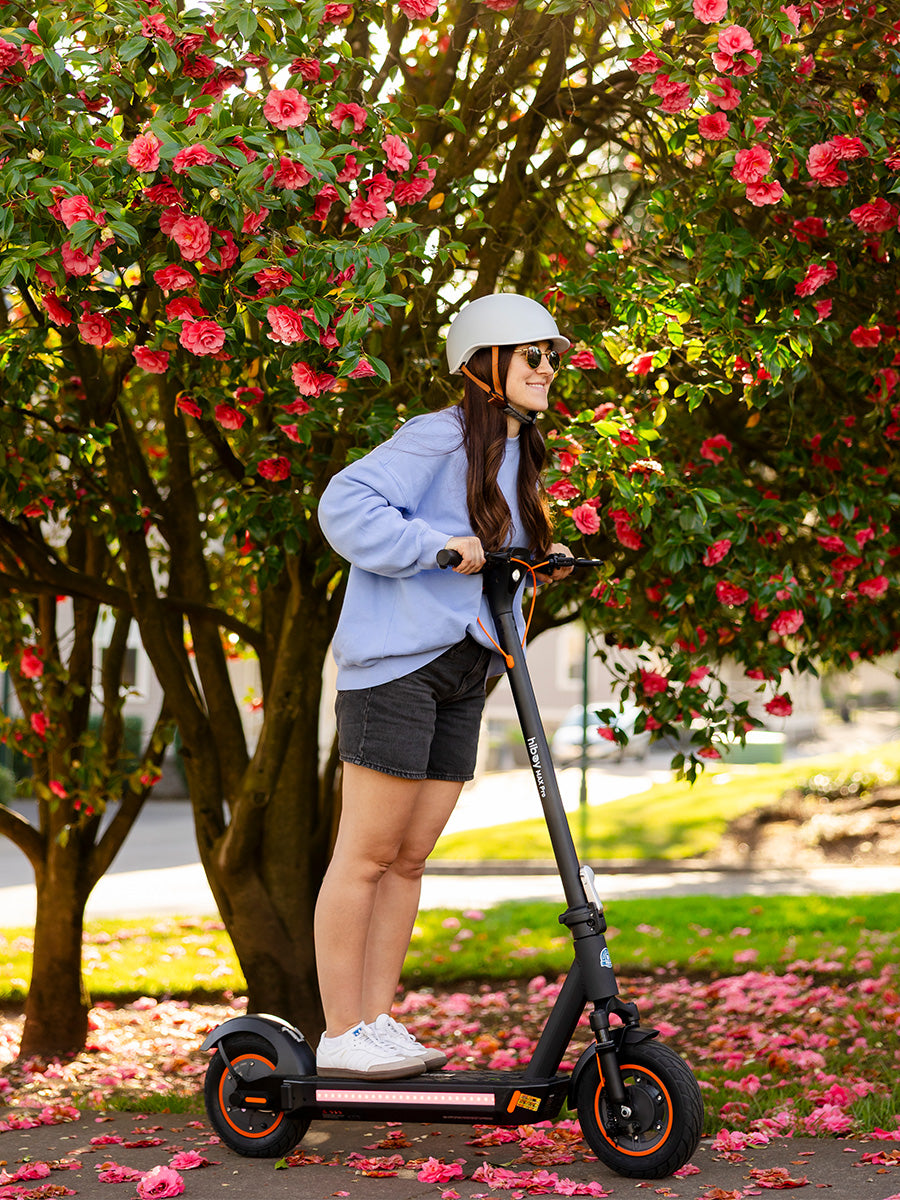


 EX6
EX6
 P6
P6
 C1
C1
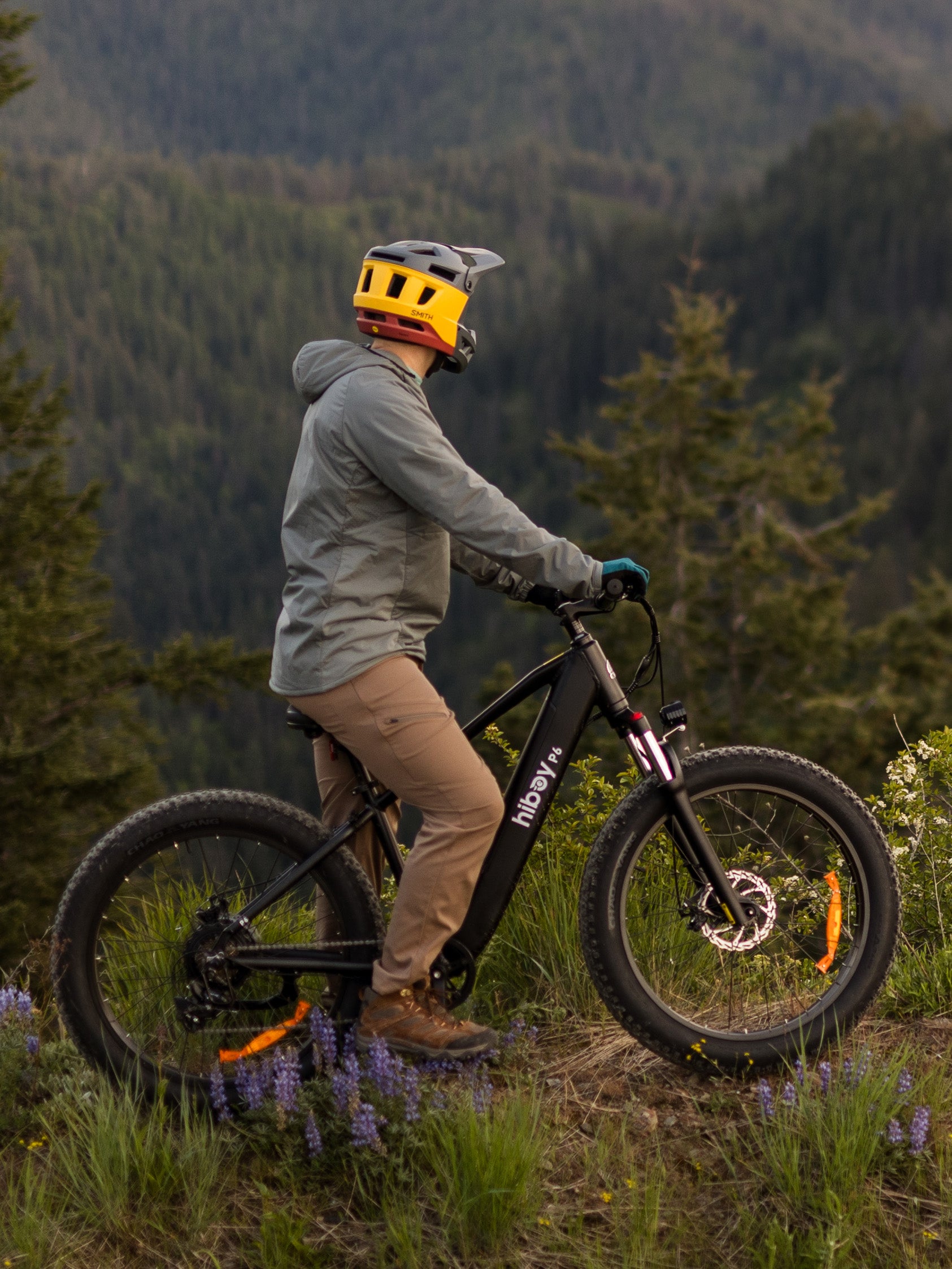
 S2 Lite
S2 Lite
 DK1
DK1
 BK1
BK1

 Q2 Lite-A
Q2 Lite-A
 ES-1
ES-1
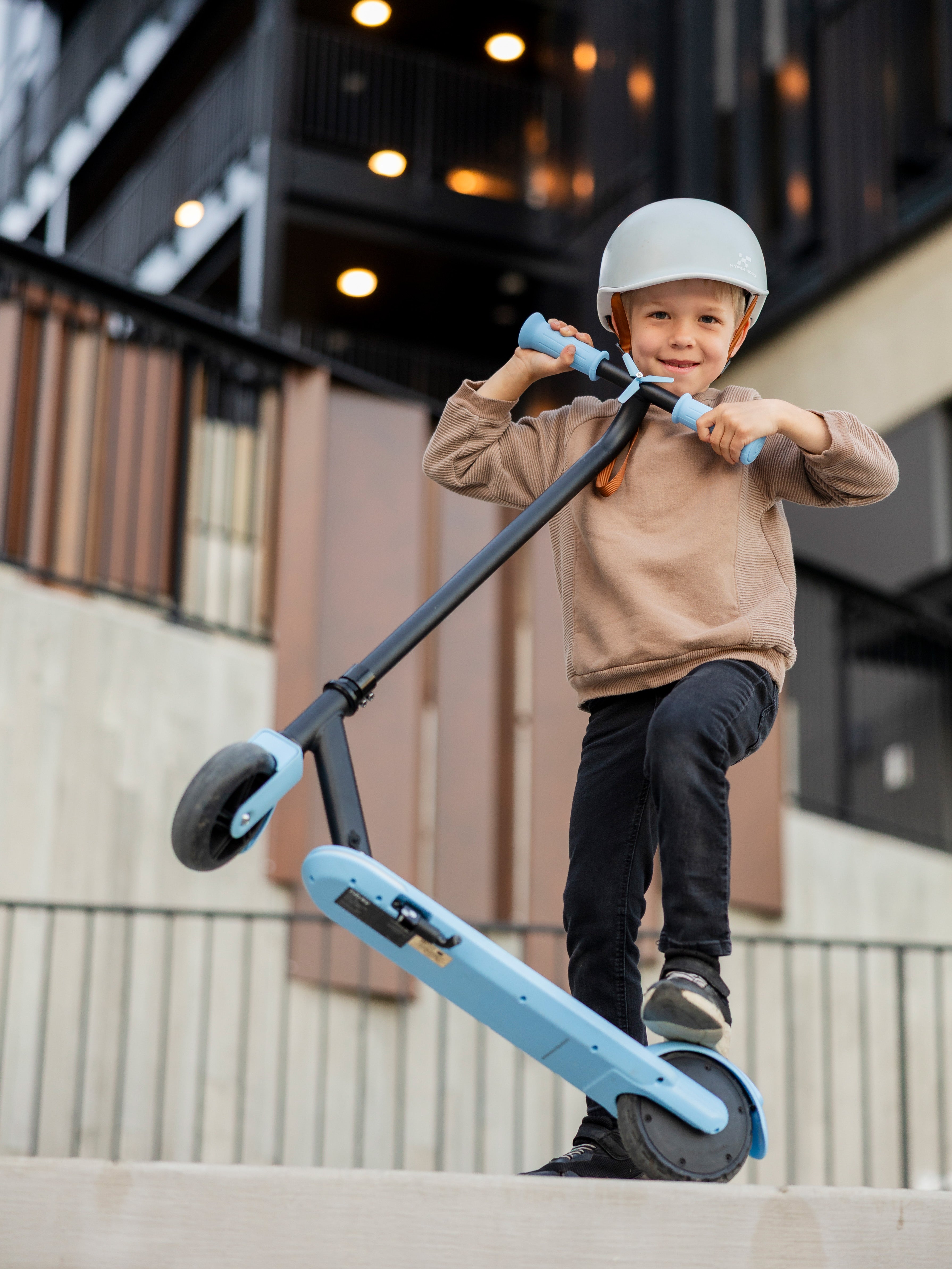
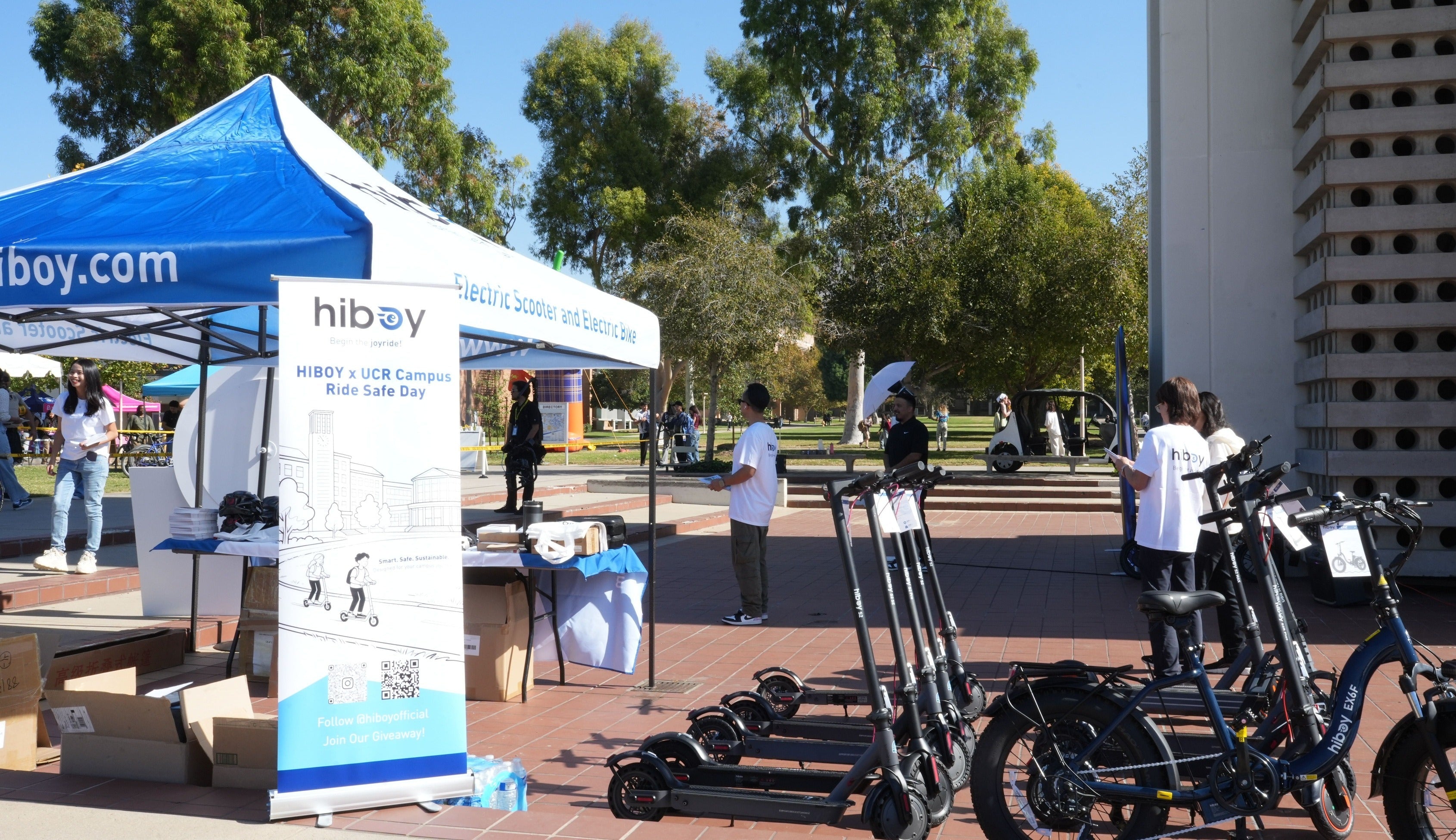
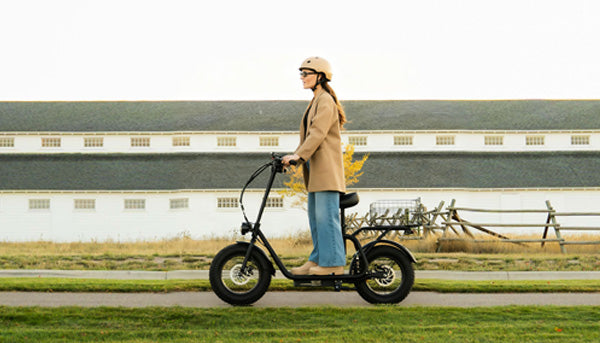






Leave a comment
All comments are moderated before being published.
This site is protected by hCaptcha and the hCaptcha Privacy Policy and Terms of Service apply.